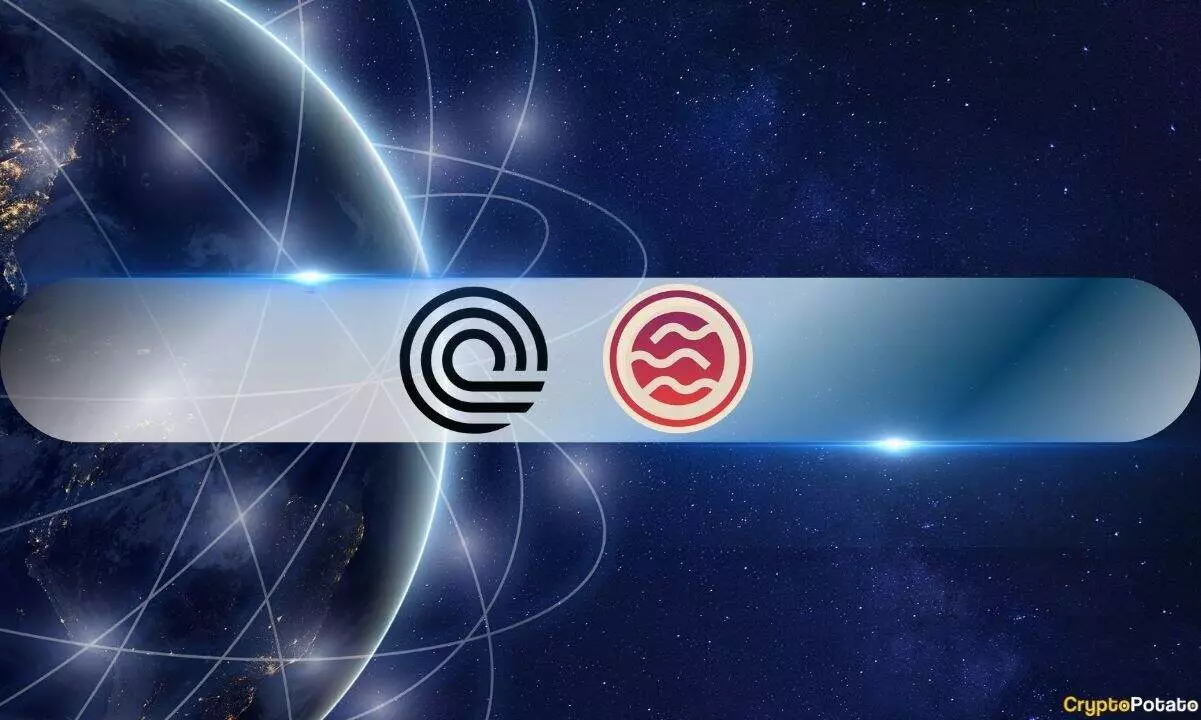The recent advancements by Ondo Finance exemplify a seismic shift in the financial landscape—one that threatens to redefine how traditional assets are managed, transferred, and valued. By pioneering the tokenization of US government bonds on Sei’s blockchain infrastructure, Ondo is not merely experimenting with new technology; it’s challenging the very bedrock of conventional finance. This move signifies an audacious step toward integrating real-world assets (RWA) into the decentralized finance ecosystem, potentially democratizing access to traditionally exclusive investment vehicles. However, this transition raises questions about the stability and practicality of such innovations in a system still grappling with regulatory ambiguities and infrastructural red flags.
The decision to tokenize short-term US Treasuries, long considered the gold standard of security in TradFi, signals a remarkable ideological shift—transforming perceived riskless assets into liquid, fractionalized digital tokens. While proponents argue this makes access to safe-haven assets more efficient and flexible, critics must wonder whether this encapsulation into DeFi strips away important protections, exposing investors to new forms of volatility and systemic risk. This move is a testament to the growing influence of blockchain technology but also highlights the dangerous allure of quick gains and technological utopianism, often at the expense of financial stability.
Bridging the Old and the New: A Double-Edged Sword
The collaboration between Ondo, Sei, and other industry players signals a strategic attempt to create an interconnected ecosystem—merging Web2 reliability with Web3 innovation. This nexus might seem promising for fostering a more inclusive and efficient financial infrastructure, but it risks glossing over the significant hurdles that remain. The faith placed in Sei’s growing TVL—approaching $700 million—is impressive, yet the fact that this figure skyrocketed from roughly $85 million within a year also suggests a level of volatility that cannot be ignored. Such rapid expansion might be driven by speculation more than genuine utility, raising alarms about sustainability.
The broader trend of RWA tokenization is undeniably impressive. Data showing an increase from $11.6 to over $24 billion in total value locked suggests a market in flux—the kind of rapid growth that invites both innovation and recklessness. Large institutions like Fidelity entering the scene add a veneer of credibility, but they also raise the stakes. When major asset managers adopt decentralized assets, the line separating traditional stability from untested blockchain ventures blurs, which could have systemic repercussions if these innovations fail or are exploited.
The Implications for the Future of Finance
From a center-right liberal perspective, the drive toward RWA tokenization embodies the ongoing tension between innovation and stability. While reducing barriers to investment and increasing efficiency are undeniably positive developments, one must also recognize the potential destabilizing effects of adopting untested financial instruments on a large scale. The core issue lies in the fragile trust networks underpinning both traditional and decentralized finance, which are susceptible to regulatory crackdowns, technological failures, or malicious actors.
The growing involvement of mainstream financial institutions indicates a recognition that the future of finance involves a convergence of old and new systems. However, this convergence must be managed carefully. Allowing institutional-grade assets like US Treasuries to flow into DeFi can democratize financial power but also risks eroding the safeguards that have historically protected investors. It’s vital that this transition does not come at the cost of transparency, accountability, and risk management—principles that should underpin any that claim to represent the future of finance.
As the market unsettles into uncharted territory, skepticism remains warranted. These innovations threaten to upend traditional trust models and place too much faith in blockchain’s promises—promises that have yet to be fully tested under real-world pressures. While the pursuit of efficiency and inclusivity is commendable, it must not overshadow the importance of prudent regulation and risk mitigation strategies. Otherwise, this whirlwind of innovation might ultimately serve a small elite rather than the broader economy, risking sudden upheaval rather than sustainable progress.

